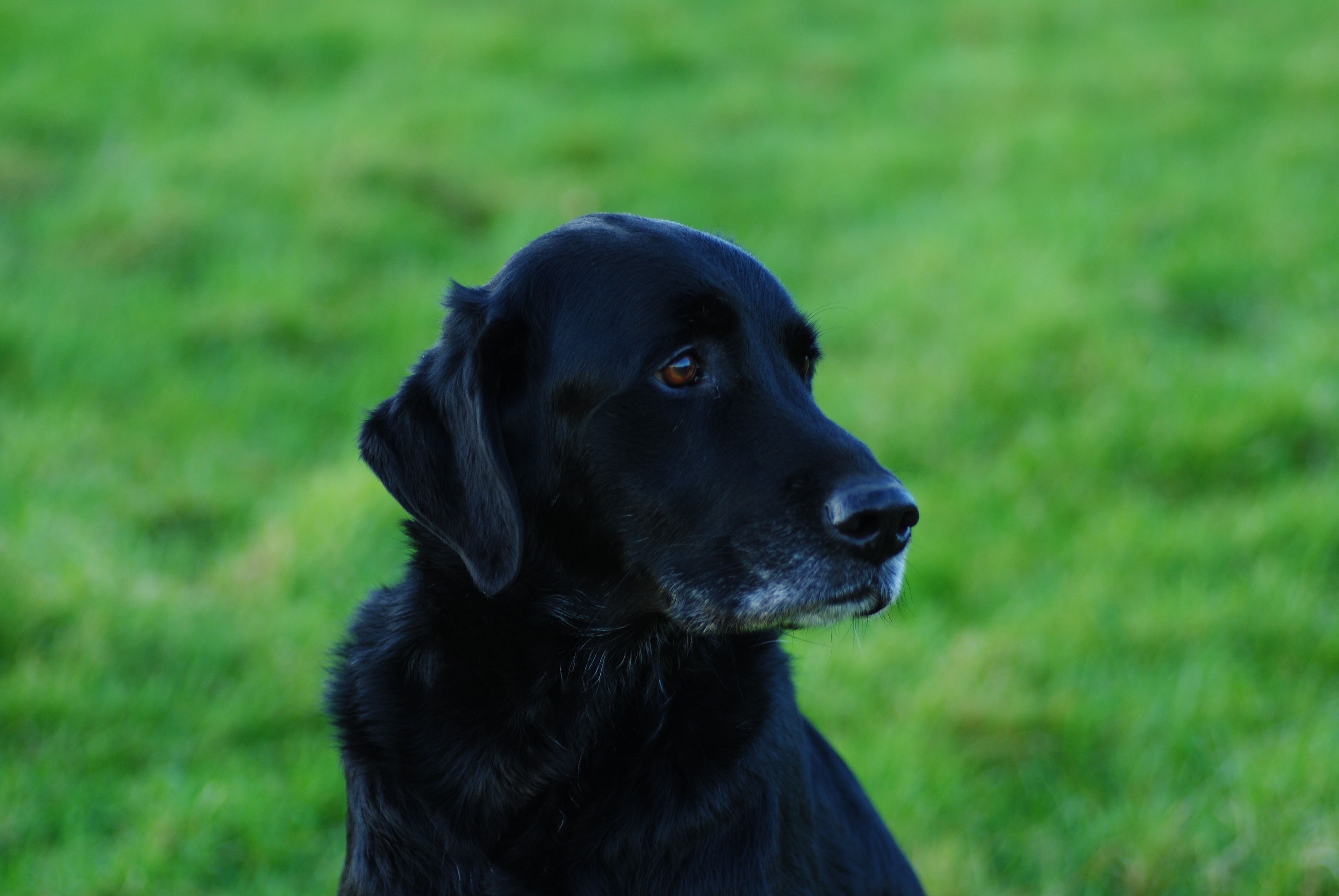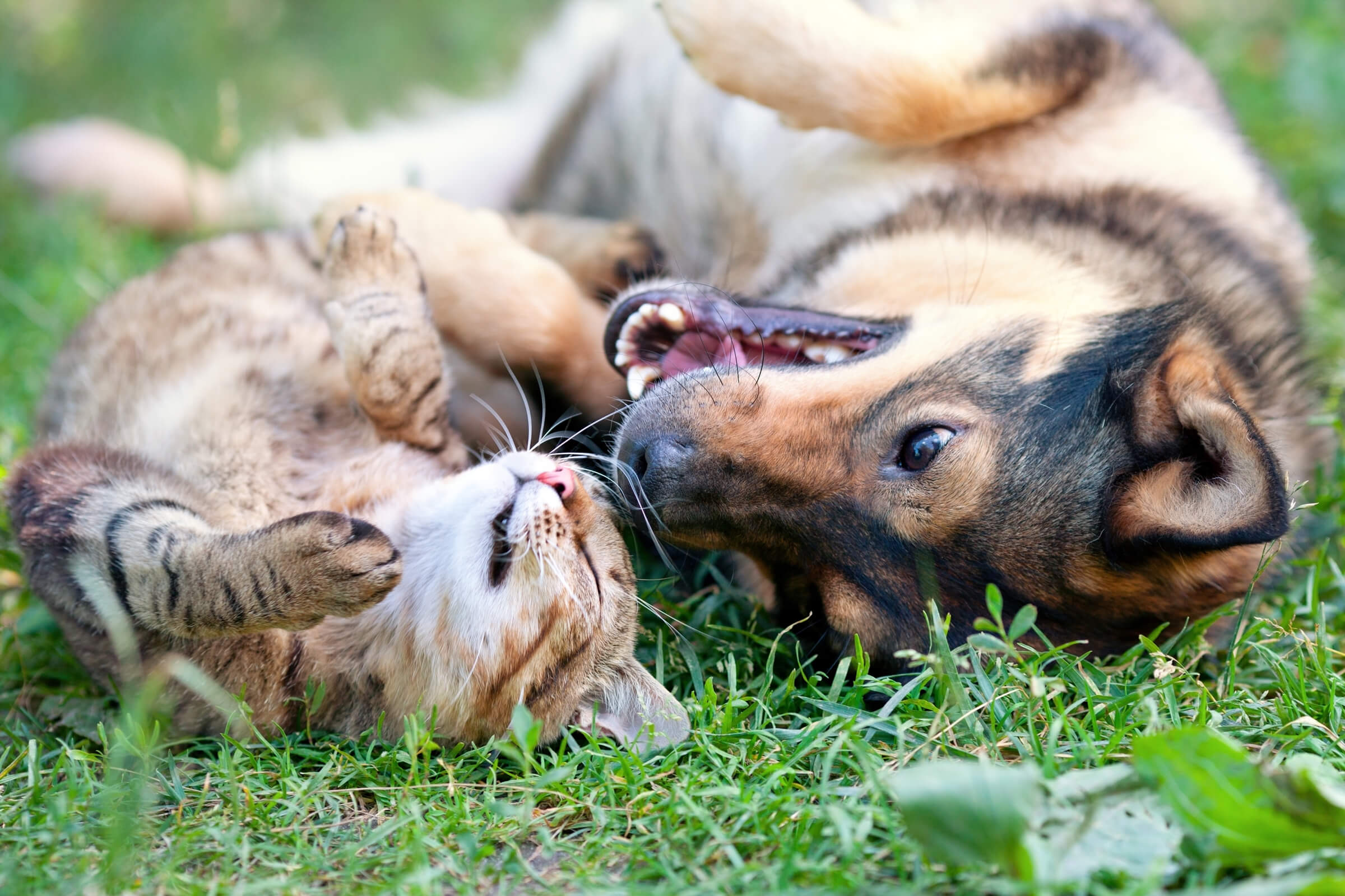
 Menu
Menu
Sacroiliac luxation (SI)

What is Sacroiliac luxation?
The sacroiliac joint is where the pelvis attaches to the spine. Sacroiliac luxation is dislocation of this joint and therefore detachment of the pelvis from the sacrum.
This is a very common injury in both cats and dogs following trauma. The sacroiliac joint is different from other joints in that it has very limited movement, so dislocation of one or both of these joints leads to instability, pain and lameness on the affected side. The sciatic nerve, a nerve supplying sensation to areas of the hindlimb, runs immediately below this joint, so this structure can be damaged along with the SI joint.
How is sacroiliac luxation diagnosed?
Sacroiliac luxation is diagnosed via physical examination (instability and a “crunchy” feeling can be felt when the area of the pelvis is manipulated) and radiography. Radiography shows a separation or uneven location of the ilium in relation to the sacral spine.
How is Sacroiliac luxation treated?
Conservative management
- This is a non-surgical approach where the pelvis is allowed to heal in position without the need for surgery. This treatment can be used if only one side is affected, and the luxation is minimally displaced. Occasionally some patients are not candidates for surgery and this treatment is used. However, the patient is usually uncomfortable for longer than if the dislocation were repaired surgically
Surgery
- Internal fixation involves dissection to the level of the sacroiliac joint, the joint is placed into position and stabilised using a screw, wire or pin or combinations.
Minimally invasive surgery
- This involves manually reducing the joint into its normal position from the outside, making a small incision over the area of the joint, and securing its reduced position with screw, wire or pin placement. This technique is possible by using fluoroscopy (real time radiography).
What is the long-term outcome following SI luxation repair?
The prognosis following SI luxation repair depends upon the method of repair, the severity of the initial trauma, appropriate postoperative rest and restriction, as well as numerous patient factors (age, temperament, etc). The majority of patients heal well following treatment and most achieve a good to excellent functional outcome, provided concurrent injuries are treated appropriately and nerve damage is not permanent (sciatic nerve damage is usually temporary, though not always).
Stay in touch
Follow us on social media and keep up to date with all the latest news from the MVS clinic.



